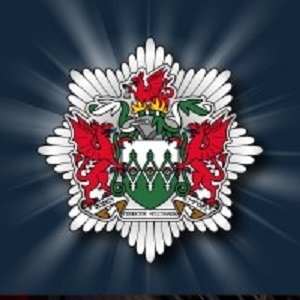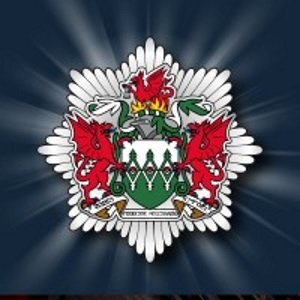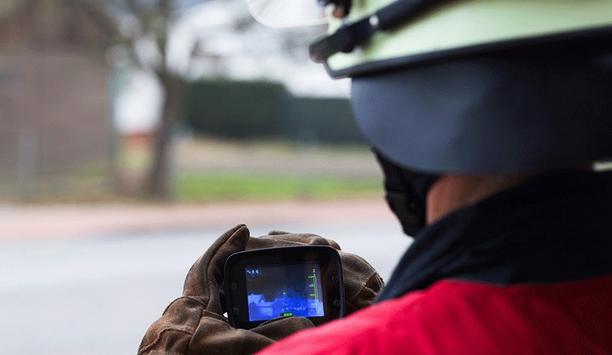Mid and West Wales Fire and Rescue Service encourages everyone to put safety at the top of the priority list this winter. The winter safety campaign aims to raise awareness of the risks at home and on the road during the winter months and to provide practical advice on keeping warm safely this winter.
Across the UK, around 5,000 fires a year are caused by faulty electric blankets, whilst another 12,000 fires happen within chimneys. With the darker nights and deteriorating weather over the winter months, taking some time to consider winter safety and the additional risks present will help safeguard those from potential dangers.
Causing additional risks
Neil Evans, Deputy Head of Community Risk Reduction at Mid and West Wales Fire and Rescue Service added, “You are far more likely to experience a fire in the home or have a collision in your vehicle during the winter season simply down to the additional risks that are present. It is vitally important that you ensure that your vehicle is roadworthy, your smoke and CO2 alarms are functioning, your chimneys are swept, your electric appliances are safe, and you take care with the use of candles. Simple actions can make a huge difference and I would personally invite you to review the information we have provided to help you have a safe and enjoyable winter.”
It is vitally important that you ensure that your vehicle is roadworthy"
Whether it be from heating a home during colder weather, or using extra lighting during the darker evenings, most will likely be spending more time at home and will be using more electrical and heating equipment which will naturally cause additional risks, whether it be from fire or from the risks of carbon monoxide.
Potential risk of fire
Some may feel more isolated during the winter months and may struggle to know which way to turn when it comes to staying safe. The Service can offer help to those people in the community through a ‘Safe and Well’ visit.
Will Bowen, Home Fire Safety Manager for Mid and West Wales Fire and Rescue Service added, “When heat or light is generated, it means that there is a potential risk of fire, whether it be through the use of candles, log burners, portable heaters or electric blankets. It’s also important to consider the risk of carbon monoxide and ensuring that detectors are in place and are functioning. Please also consider our ‘Safe and Well’ check initiative where our Fire and Rescue team are able to provide one to one advice and support on staying safe. A link to our referral can be found below.”
Flame-Less candles
MAWWFRS will always advise against the use of candles and encourage use of flame-less candles
Consider the safe use of candles. MAWWFRS will always advise against the use of candles and encourage use of flame-less candles such as battery-operated LED alternatives. It is important to always remember that an open flame should never be placed anywhere near flammable services or objects and should never be left unattended.
Electrical items and sockets can be a fire risk. Many accidental house fires are caused by faulty electrics such as overloaded sockets and faulty electrical appliances. Consider what is plugged in and whether it poses a risk of fire. Electric blankets are also a fire risk and further information can be found on the Service website.
Highly poisonous gas
Consider the safe use of portable heaters. People have been killed and injured in their homes whilst using electric, gas, and paraffin portable heaters. These accidents can be avoided. Check that the heater is up to safety standards and are used as per manufacturer guidelines. Never place near to furniture, clothing, or material.
Regular inspection and cleaning of chimney flues will help prevent fires within chimneys
Consider the use of open fires, log burners, and the risk of chimney fires. Most chimney fires are preventable. Regular inspection and cleaning of chimney flues will help prevent fires within chimneys. The risk posed by Carbon Monoxide is heightened during winter months. CO2 is a highly poisonous gas that has no color, taste, or smell. Fuel-burning appliances such as stoves, fires, boilers, and water heaters can produce carbon monoxide if they are incorrectly fitted, badly repaired or poorly maintained or if flues, chimneys or vents are blocked. Ensure that carbon monoxide sensors are correctly fitted and regularly tested.
Few initial preparations
Check smoke alarms regularly. Fire can spread incredibly fast in a house and early detection via smoke alarms save lives. Within the Mid and West Wales Fire and Rescue Service area a total of nearly 31,000 properties are at risk from flooding. Of these nearly 24,000 are at risk from river flooding and over 7,000 are at risk of tidal flooding.
By undertaking a few initial preparations, homeowners can significantly reduce the damage and upset caused by a flood. Councils, the emergency services, and Natural Resources Wales will help where they can, but primarily homeowners are responsible for protecting their own property. Road traffic collisions attended by fire and rescue crews dramatically increase during the winter months but simple preparations and fully considering current weather conditions can greatly improve road safety.
Poor wintry conditions
Driving during poor wintry conditions requires a different approach"
Spencer Lewis, Road Safety Manager for Mid and West Wales Fire and Rescue Service added, "Driving during poor wintry conditions requires a different approach and by making some simple changes to driving habits, drivers can reduce their chances of being involved in a collision. As well as wintry weather, we have also provided helpful advice on driving in wet weather as well as basic checks that can be completed to ensure that your vehicle is ready for winter conditions.”
Key Safety Tips on Road Safety:
- Check weather forecasts and traffic news, both local and national regularly
- Check the tyre condition, tread depth, and pressure of all tyres including the spare tyre
- Keep the windscreen clear and regularly top up the washer bottle with screen wash, keep windows and mirrors thoroughly demisted and clear of ice and snow
- Inform someone of the intended route and time of arrival
- Keep the distance as stopping distances are ten times longer in ice and snow
- Adapt the driving to icy conditions. Avoid harsh braking ad acceleration or sharp steering and most importantly remember to reduce speed,
- Put together a winter emergency kit containing the following essential items: ice-scraper and de-icer, a high-visibility vest, warning triangle, mobile phone for use only when parked, torch, snacks, bottled water, blanket, warm clothes, boots, and a first-aid kit.


















